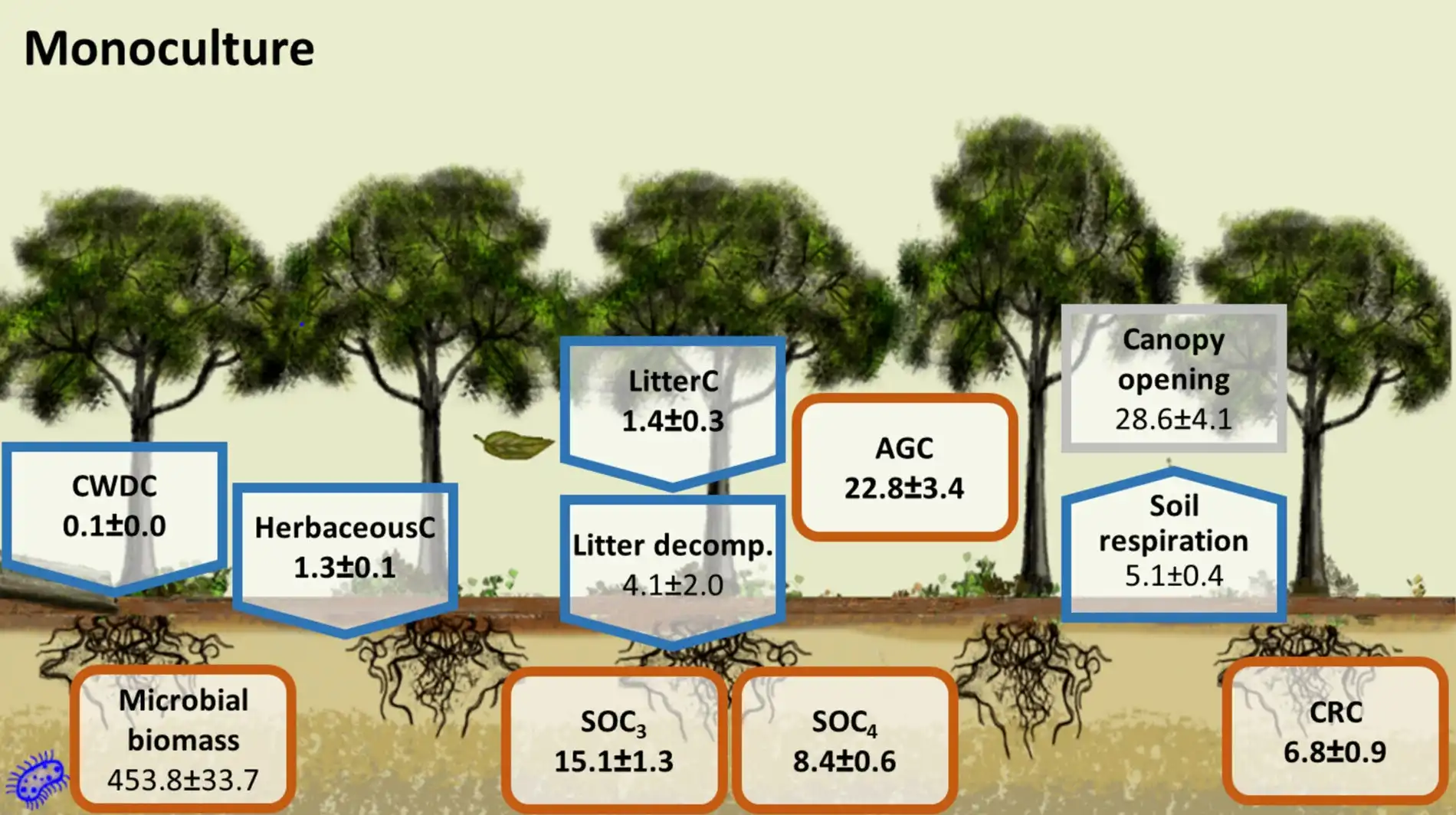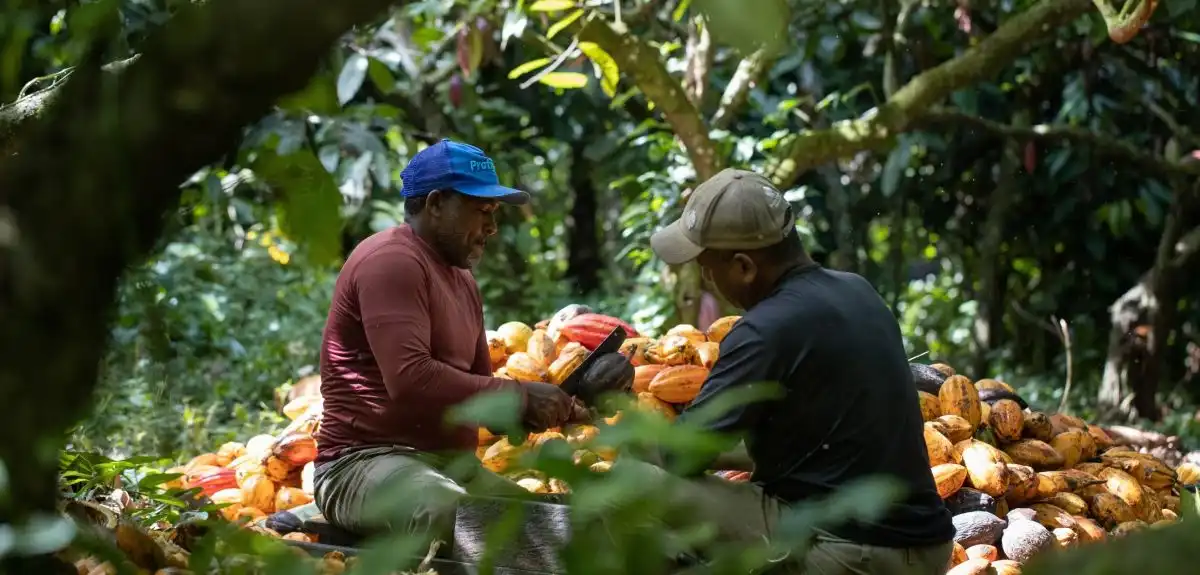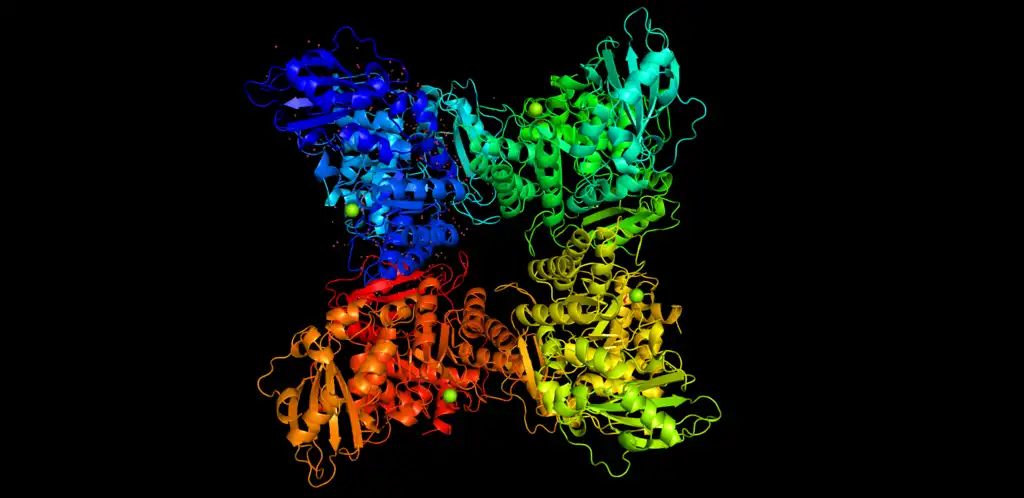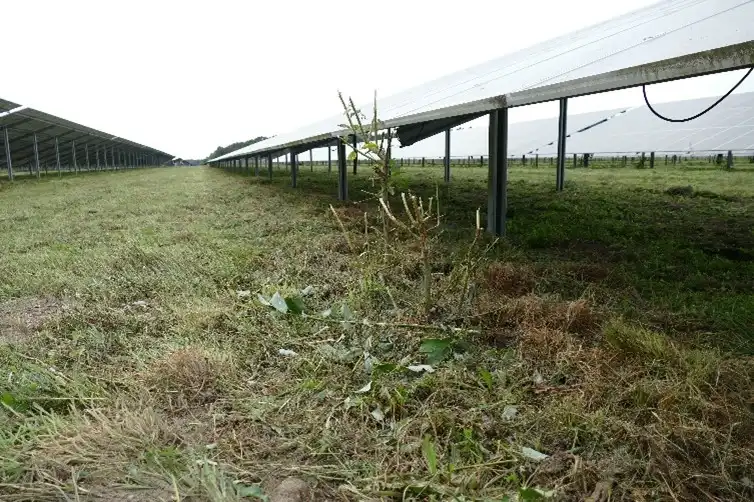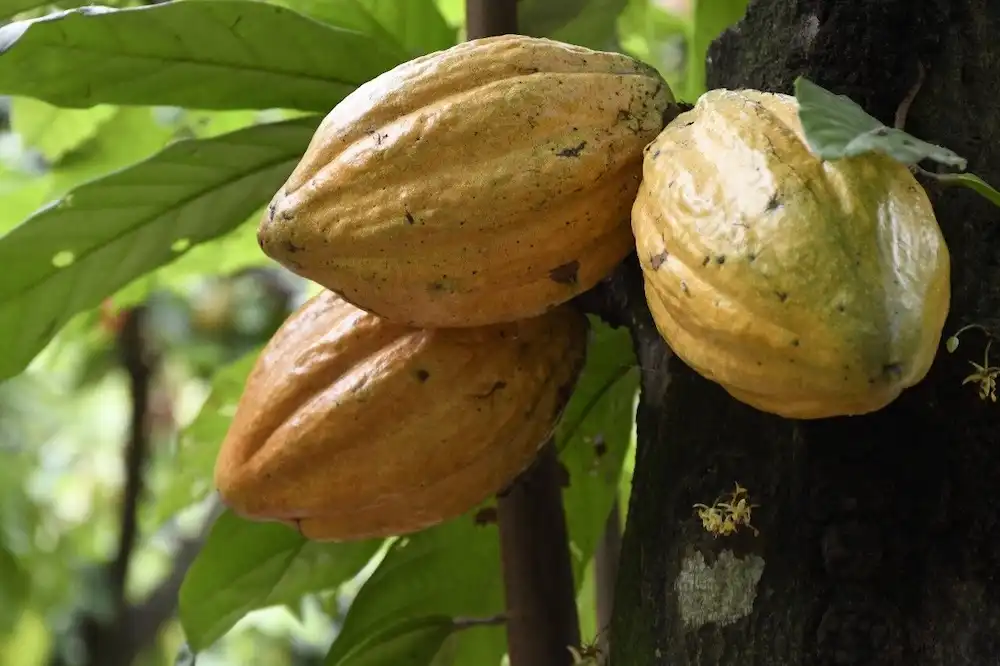
A genomic analysis of fine aroma cocoa from northern Peru revealed genetic divergence and evolutionary patterns within Theobroma cacao. The study identified 3 distinct genetic groups and estimated divergence times, suggesting that fine aroma cocoa diversified during the Pleistocene. The…
Read More



